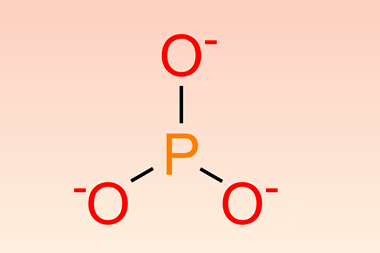Solvents with properties that can be adjusted to suit different stages of a reaction process could be just around the corner thanks to research by Canadian and US chemists.
Solvents with properties that can be adjusted to suit different stages of a reaction process could be just around the corner thanks to research by Canadian and US chemists. For the first time, researchers have created a non-ionic liquid that can be transformed into an ionic liquid by exposing it to CO2.
Philip Jessop of Queen’s University, Kingston, had been trying to make such ’smart’ solvents - solvents with changeable properties - for several years, but had only come close with supercritical fluids and expanded liquids (pressurised liquid mixtures of CO2 and liquid solvents). Unfortunately, these were far from ideal because their properties could only be altered by high pressure.
Then, during some unrelated work with some of his students, Jessop noticed that amidines, such as DBU (1,8-diazabicyclo-[5.4.0]-undec-7-ene), would react quickly with water and CO2 to produce a bicarbonate salt. ’Although that salt was a solid, I guessed that switching from water to an alcohol would give an alkylcarbonate salt with a lower melting point,’ he explained. ’It worked.’
Jessop’s team, together with chemists from the Georgia Institute of Technology, Atlanta, found that exposing an equal mixture of DBU and 1-hexanol, both of which are non-ionic and non-polar, to CO2 for an hour produced a liquid hexylcarbonate salt, which was ionic and polar. This ionic liquid could then easily be converted back to a non-ionic form by bubbling N2 or argon through it to strip out the CO2. Both these reactions take place at room temperature and normal pressures.
Although this switchable solvent could have practical applications in any chemical reaction that requires both a polar and non-polar solvent, Jessop sees this current work mainly as a ’proof of principle’. ’I hope that, by publishing now, I can trigger an effort by researchers to find switchable solvents that function on many different principles, so that eventually there will be a whole range of switchable solvents with all kinds of physical and chemical properties,’ he told Chemistry World.
Jessop and his team are already working to make this a reality. ’We’re testing a range of different amidines and related bases with various alcohols and water to evaluate the melting points and ease of reversibility. We’ve found one that gives an ionic liquid even when water is used instead of alcohol. We’re also looking for switchable solvents that work using different reactions from the one we’ve used in this first example.’ Jon Evans
References
et alNature436, 1102






No comments yet